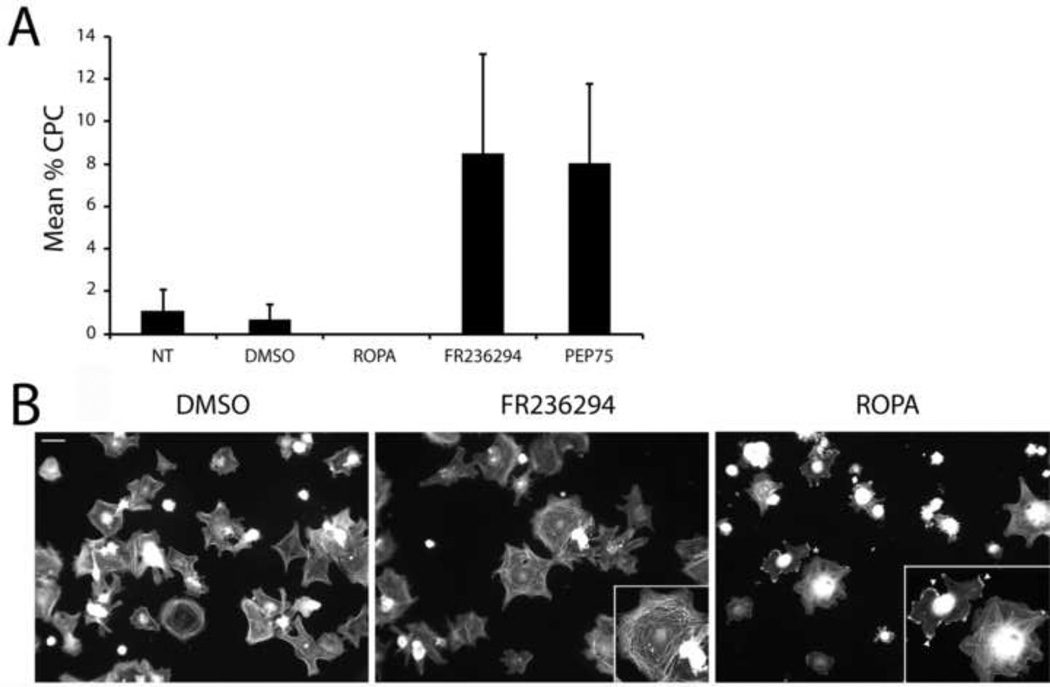Figure 11. A PKCε agonist induces CLAN formation in HTM cells while a PKCγ agonist does not.
A) N27TM-3 HTM cells were plated onto fibronectin-coated coverslips in the absence or presence of 0.1% DMSO, 5 µM ROPA (PKCα/γ agonist), 10 µM FR236924 (PKCε agonist) or 60 µg/mL PEP75. After 2 hours the cells were fixed and labeled with phalloidin. The percentage of CPCs is shown as the mean ± the SD; n ranged from 988–1591 cells for each treatment group. Cells treated with the PKCε agonist (P < 0.01) or PEP75 (P < 0.01) showed a higher percentage of CLAN-positive cells compared to untreated cells or cells treated with DMSO. Cells treated with the PKCα/γ agonist ROPA did not form CLANs. B) Representative images of N27TM-3 HTM cells treated with either DMSO, FR236924 or ROPA. FR236924 induced CLAN formation (see inset) while ROPA did not. ROPA-treated cells, however, frequently demonstrated pronounced membrane ruffling (see inset, arrowheads) which was absent in the other treatment groups.

